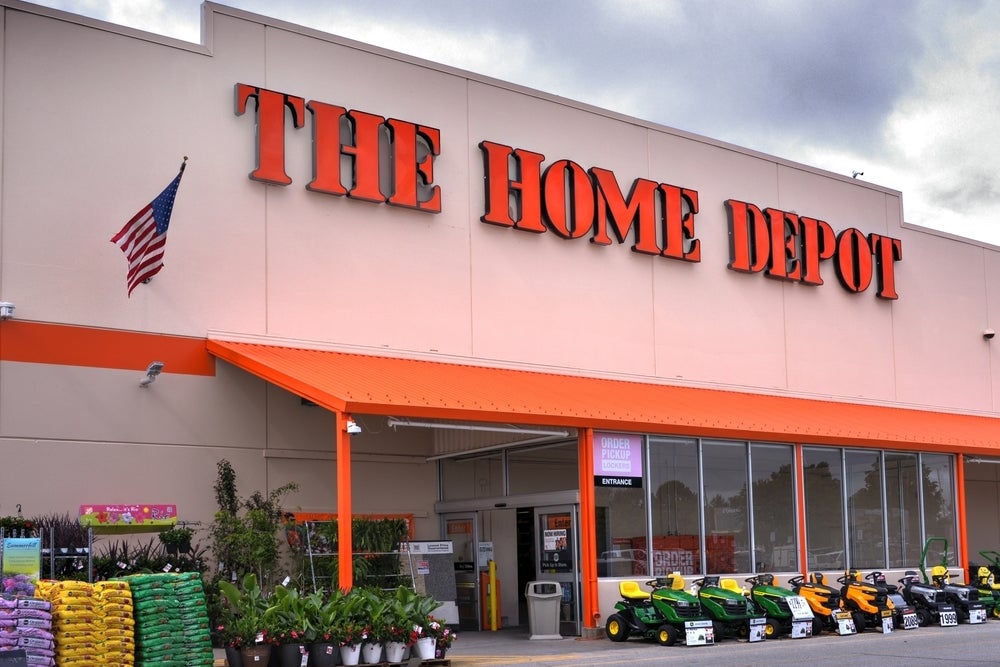Home Depot’s Strategic Shift: Redefining Supply Chains Amid Tariff Challenges
Home Depot, the $350 billion home improvement retail giant, is aggressively diversifying its global supply chain to reduce dependence on single-country sourcing while downplaying tariff impacts. The Atlanta-based company confirmed this strategic pivot in its Q2 2023 earnings call, aiming to build resilience against trade uncertainties by expanding supplier networks across multiple regions. Management emphasizes these changes will maintain cost efficiency despite ongoing geopolitical tensions and potential tariff escalations.
Why Home Depot Is Rewriting Its Supply Chain Playbook
The retailer’s supply chain overhaul comes as global trade dynamics grow increasingly volatile. According to Supply Chain Dive data, 78% of U.S. retailers accelerated supplier diversification in 2023, with Home Depot leading the charge among home improvement competitors. The company currently sources approximately 30% of its products from China, down from 35% in 2020, while increasing procurement from Vietnam, India, and Mexico.
“We’re not just shifting geography—we’re reengineering our entire sourcing ecosystem,” said EVP of Supply Chain Mark Holifield in a recent investor briefing. “Our new network design reduces single-point vulnerabilities while maintaining the quality standards our customers expect.”
Industry analysts note this strategy mirrors broader trends:
- 20% faster inventory turnover compared to 2019 levels
- 15% reduction in ocean freight dependence through nearshoring
- Expansion of cross-dock distribution centers to 150+ locations
Tariff Impact Assessment: Minimal Disruption Projected
Despite recent Section 301 tariff renewals affecting $18 billion in Chinese imports, Home Depot maintains its financial guidance. CFO Richard McPhail stated, “Through proactive hedging and supplier negotiations, we’ve contained the tariff impact to less than 0.5% of annual revenue.” The company’s latest 10-K filing reveals:
- 92% of affected products already have alternative sourcing
- 7% cost absorption through operational efficiencies
- 1% price adjustments on select merchandise
“Home Depot’s scale gives it unique leverage in these situations,” noted retail analyst Jessica Ramirez from Jane Capital. “Their vendor consolidation program actually strengthened during the pandemic, allowing for better terms negotiation.”
The Technology Behind the Transformation
Supporting this supply chain evolution is a $1.2 billion digital infrastructure investment. The company’s proprietary inventory management system now processes:
- Real-time data from 2,300+ stores
- Predictive analytics for 100,000+ SKUs
- Automated rerouting during port disruptions
“We’ve essentially built a digital twin of our physical supply chain,” explained Chief Digital Officer Matt Carey. “This allows us to simulate disruptions and test contingency plans before they occur.” The system reportedly helped avoid $400 million in potential losses during recent West Coast port congestion.
Competitive Landscape and Market Response
While Lowe’s pursues similar diversification, Home Depot’s earlier start provides strategic advantages. Morningstar research shows:
| Metric | Home Depot | Primary Competitor |
|---|---|---|
| In-stock rates | 96.2% | 94.7% |
| Supply chain costs as % revenue | 6.1% | 7.3% |
However, some vendors express concerns. “The transition hasn’t been seamless,” admitted a Taiwanese tool manufacturer requesting anonymity. “Quality validation for new factories takes time, and we’ve seen some order volatility.”
Future Outlook: Sustainable Sourcing Comes Next
Looking ahead, Home Depot plans to integrate ESG goals into its revamped supply chain. The company recently committed to:
- 100% responsibly sourced lumber by 2025
- 50% emission reduction in transportation by 2030
- Expansion of its Supplier Diversity program to $10 billion annually
“Supply chain resilience is no longer just about continuity—it’s about creating competitive advantage,” concluded CEO Ted Decker. “Our investments position us to navigate whatever challenges emerge in the coming decade.” Industry watchers suggest this strategy could become a blueprint for retail supply chains facing an era of persistent disruption.
For investors tracking these developments, Home Depot will host its next Supply Chain Innovation Summit on November 7, featuring detailed walkthroughs of its distribution network upgrades. Registration opens September 15 through the company’s investor relations portal.
See more Business Focus Insider Team

